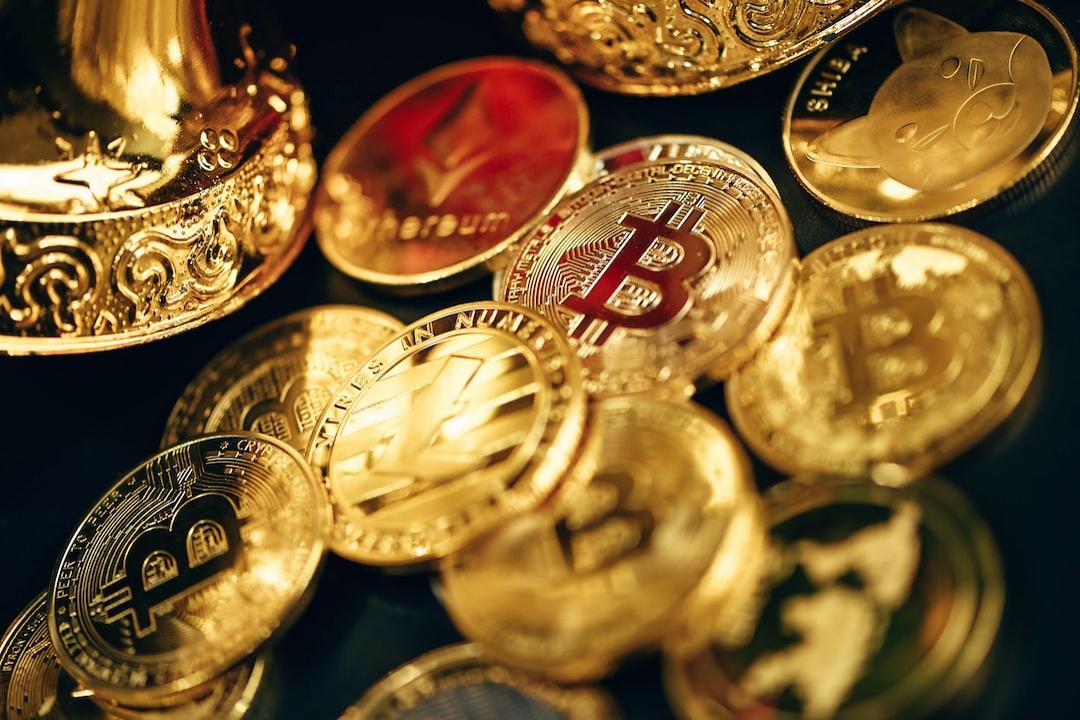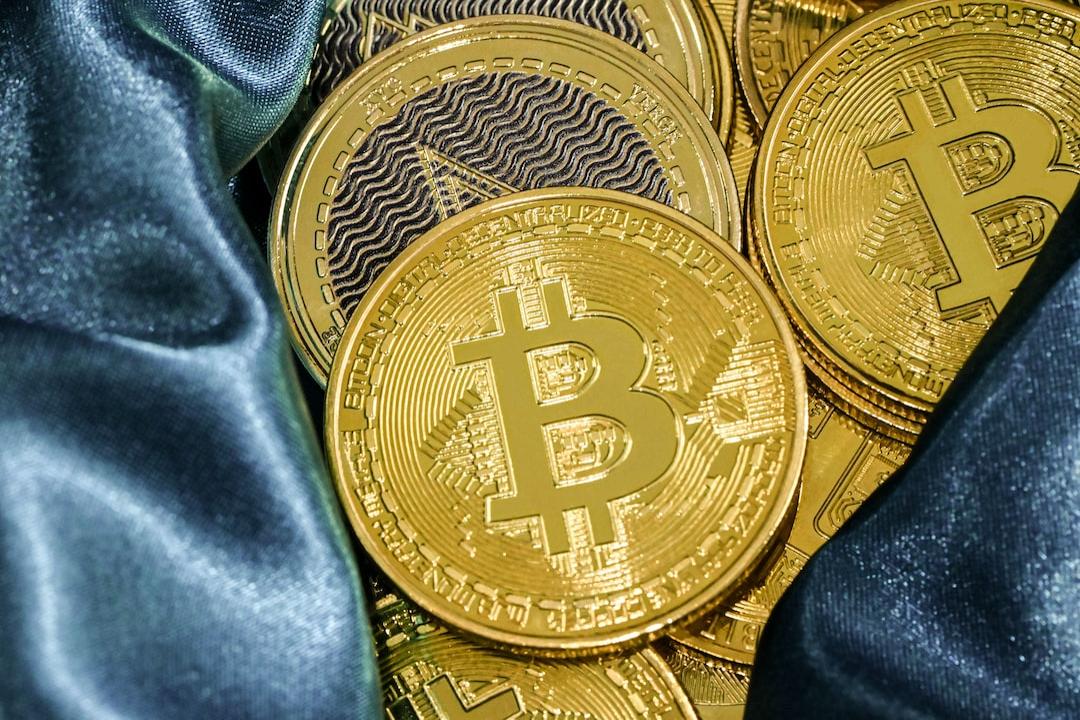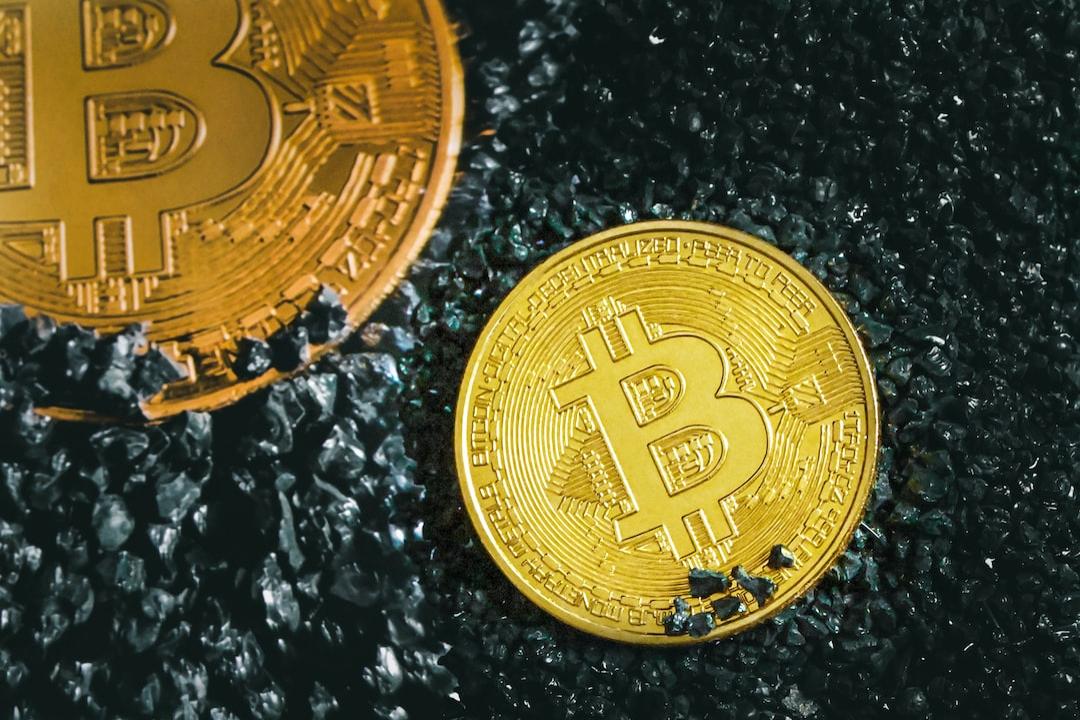Gold prices have surged over 36% in the past year, now coasting along at a record $3,237 per ounce as of April 13, 2025, driven by central bank acquisitions, geopolitical instability, and shifting monetary policies.
Gold’s 2025 Rally Tops $3,200 on Trade Wars and Fiscal Risks
Gold prices have climbed relentlessly over the last 12 months, breaking multiple records as economic and geopolitical forces converge. The precious metal traded at $3,237 per ounce on April 13, 2025, up 36% from April 2024, according to the latest market data.
Central banks have been pivotal drivers, purchasing over 1,000 tonnes of gold in 2024 for the third consecutive year. The People’s Bank of China (PBOC) resumed buying in 2024, adding 15 tonnes in November and December, while Poland increased its gold reserves to 20% of total holdings.

Over the last year, analysts have linked this trend to de-dollarization efforts, particularly after Western sanctions on Russia in 2022 spurred a fivefold rise in central bank demand. Geopolitical tensions further bolstered gold’s appeal. Escalating U.S.-China trade disputes, including the recent tariffs, have fueled the price per ounce in 2025.
Prior to this, the Ukraine-Russia conflict and broader global instability have reinforced gold’s role as a safe-haven asset, with prices rising massively since early 2022. Monetary policy shifts also played a role. The Federal Reserve’s anticipated rate cuts reduced the opportunity cost of holding non-yielding gold.
UBS Global noted that declining interest rates could redirect $6 trillion from money market funds into gold-backed ETFs, which currently hold 3,235 tonnes globally. Inflation concerns and rising fiscal deficits have added momentum. Consumer and institutional demand in Asia surged alongside policy reforms.
India slashed gold import duties from 15% to 6%, while APAC gold ETFs grew from 3 to 128 since 2005, attracting over $23 billion. China’s economic stimulus measures further amplified retail investment. Despite bullish forecasts, some analysts warn of supply risks. Business Insider reports a possible 38% to 40% decline if mining outputs and recycling increase.
Gold’s status as a safe haven spans millennia, rooted in its universal acceptance, scarcity, and durability. Ancient civilizations valued it as a stable store of wealth, a tradition upheld through modern crises. Its intrinsic properties and role as an inflation hedge — demonstrated during several financial crises — alongside sustained central bank demand, reinforce its timeless appeal amid economic and geopolitical turbulence.
The 2025 rally highlights gold’s dual role: a relic of historical trust and a modern barometer of global instability. While forecasts hinge on evolving policies and demand, the metal’s resilience suggests its legacy will endure. As investors navigate an era of de-dollarization and fiscal uncertainty, gold’s narrative remains anchored not just in market dynamics, but humanity’s enduring quest for security in an unpredictable world.






